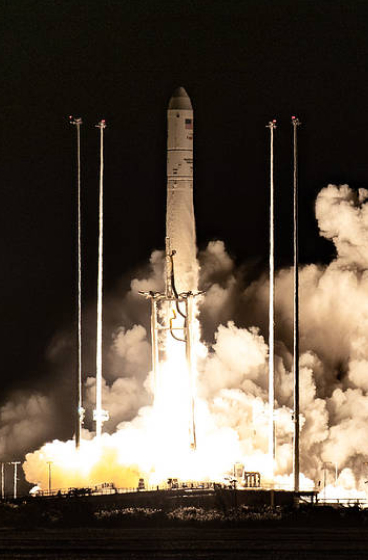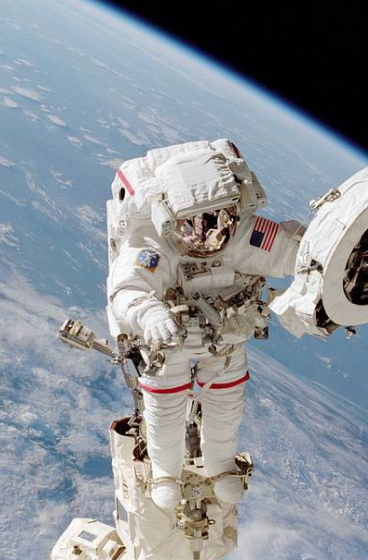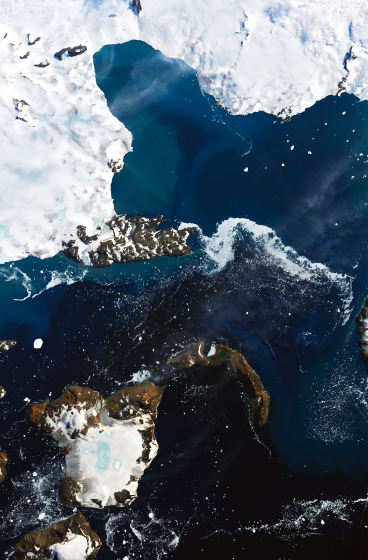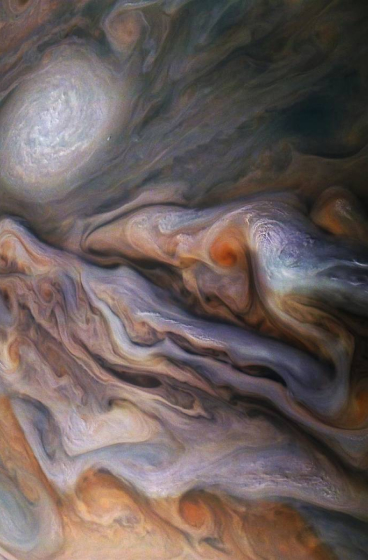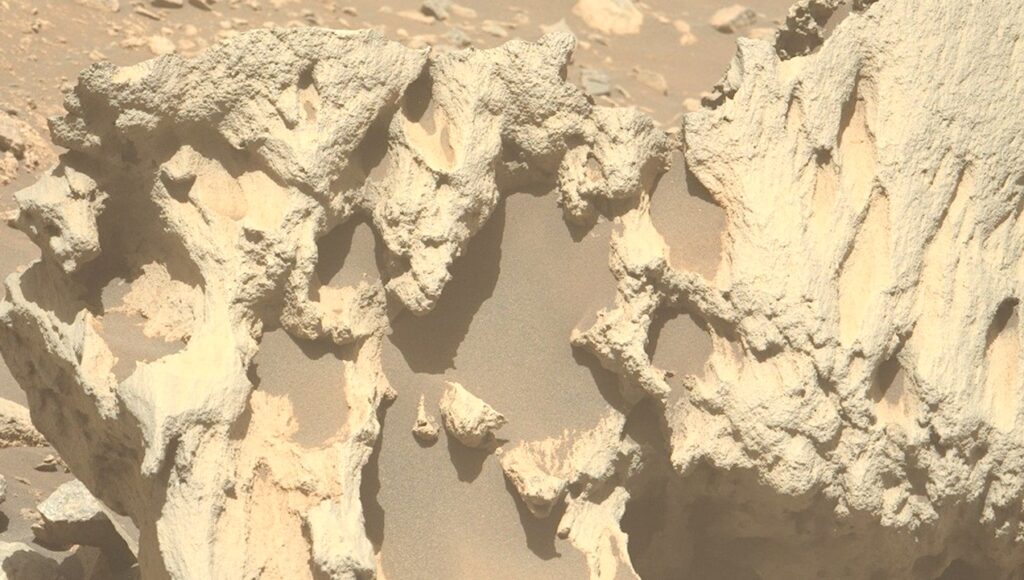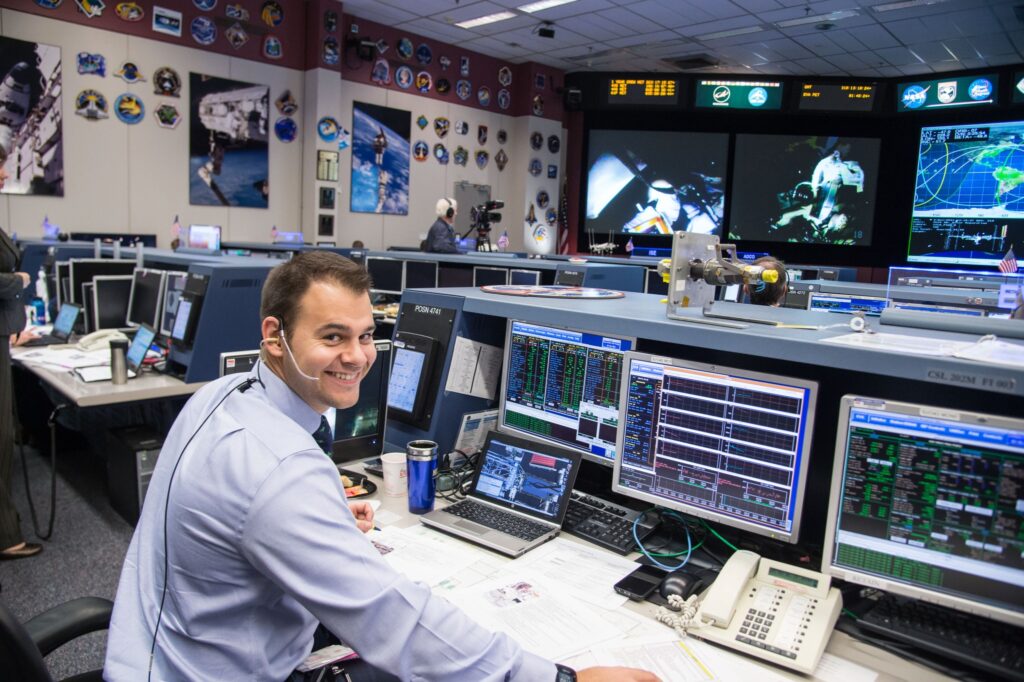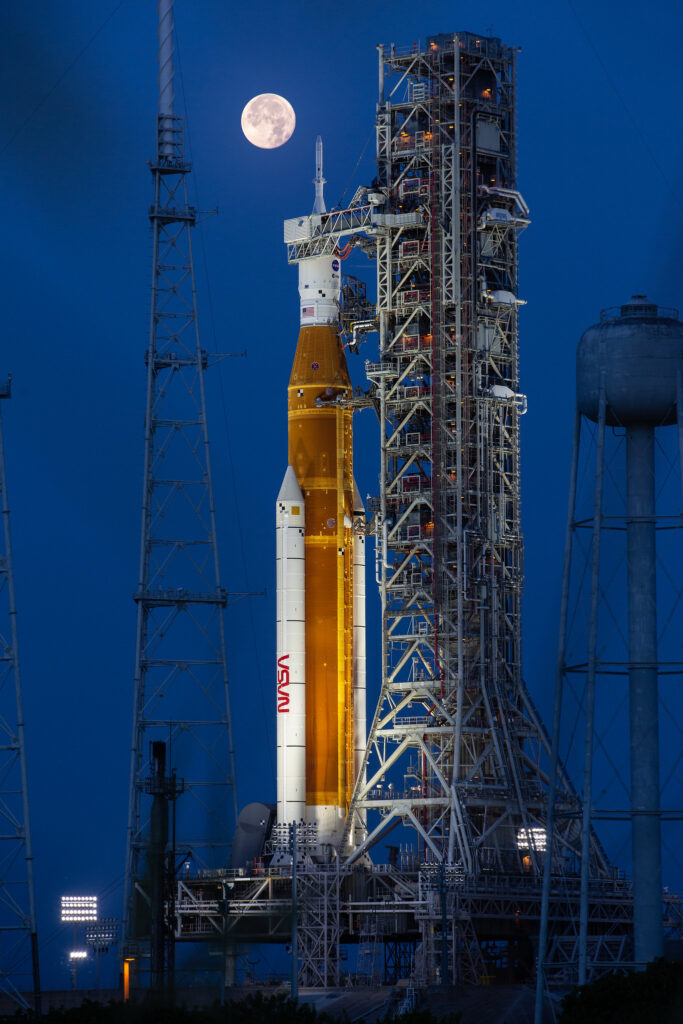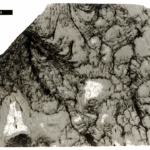Now Reading: What is a Black Hole? We Asked a NASA Expert: Episode 59
-
01
What is a Black Hole? We Asked a NASA Expert: Episode 59
What is a Black Hole? We Asked a NASA Expert: Episode 59

2 min read
Preparations for Next Moonwalk Simulations Underway (and Underwater)
What is a black hole?
Well, the name is actually a little misleading because black holes aren’t actually holes. They’re regions in space that have a gravitational pull that is so strong that nothing can escape, not even light. Scientists know about two different sizes of black holes — stellar-mass black holes and supermassive black holes.
A stellar-mass black hole is born when a massive star dies. That’s a star that’s larger than our own Sun. These stars burn up all the nuclear fuel in their cores, and this causes them to collapse under their own gravity. This collapse causes an explosion that we call a supernova. The entire mass of the star is collapsing down into a tiny point, and the area of the black hole is just a few kilometers across.
Supermassive black holes can have a mass of millions to tens of billions of stars. Scientists believe that every galaxy in the universe contains a supermassive black hole. That’s up to one trillion galaxies in the universe. But we don’t know how these supermassive black holes form. And this is an area of active research.
What we do know is that supermassive black holes are playing a really important part in the formation and evolution of galaxies, and into our understanding of our place in the universe.
[END VIDEO TRANSCRIPT]
Share
Details
Related Terms
Stay Informed With the Latest & Most Important News
Previous Post
Next Post
-
 012024 in Review: Highlights from NASA in Silicon Valley
012024 in Review: Highlights from NASA in Silicon Valley -
 02Panasonic Leica Summilux DG 15mm f/1.7 ASPH review
02Panasonic Leica Summilux DG 15mm f/1.7 ASPH review -
 03How New NASA, India Earth Satellite NISAR Will See Earth
03How New NASA, India Earth Satellite NISAR Will See Earth -
 04And Thus Begins A New Year For Life On Earth
04And Thus Begins A New Year For Life On Earth -
 05Astronomy Activation Ambassadors: A New Era
05Astronomy Activation Ambassadors: A New Era -
06SpaceX launch surge helps set new global launch record in 2024
-
 07Space Force plans new ‘Futures Command’ amid pressure to speed up modernization
07Space Force plans new ‘Futures Command’ amid pressure to speed up modernization





